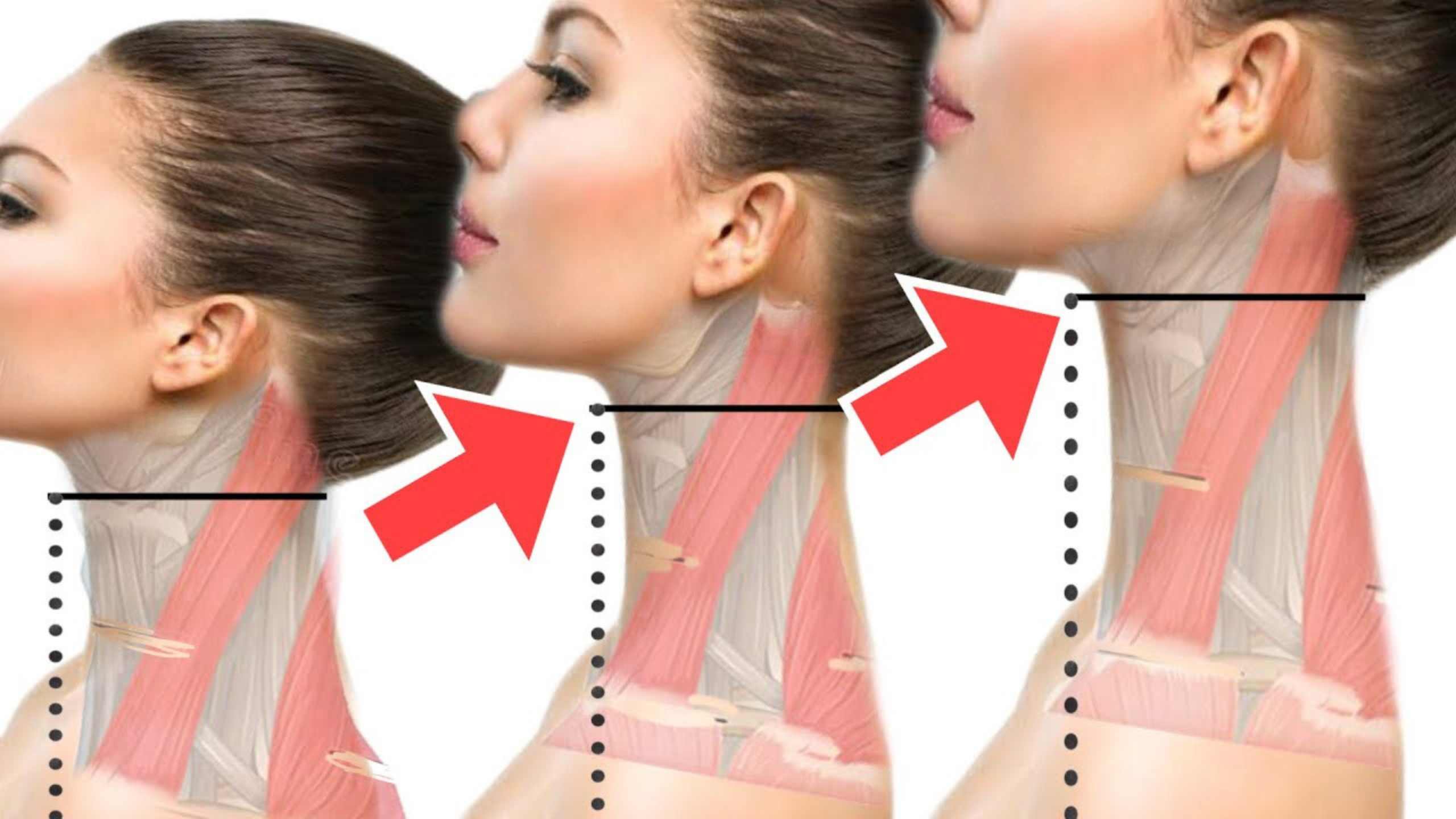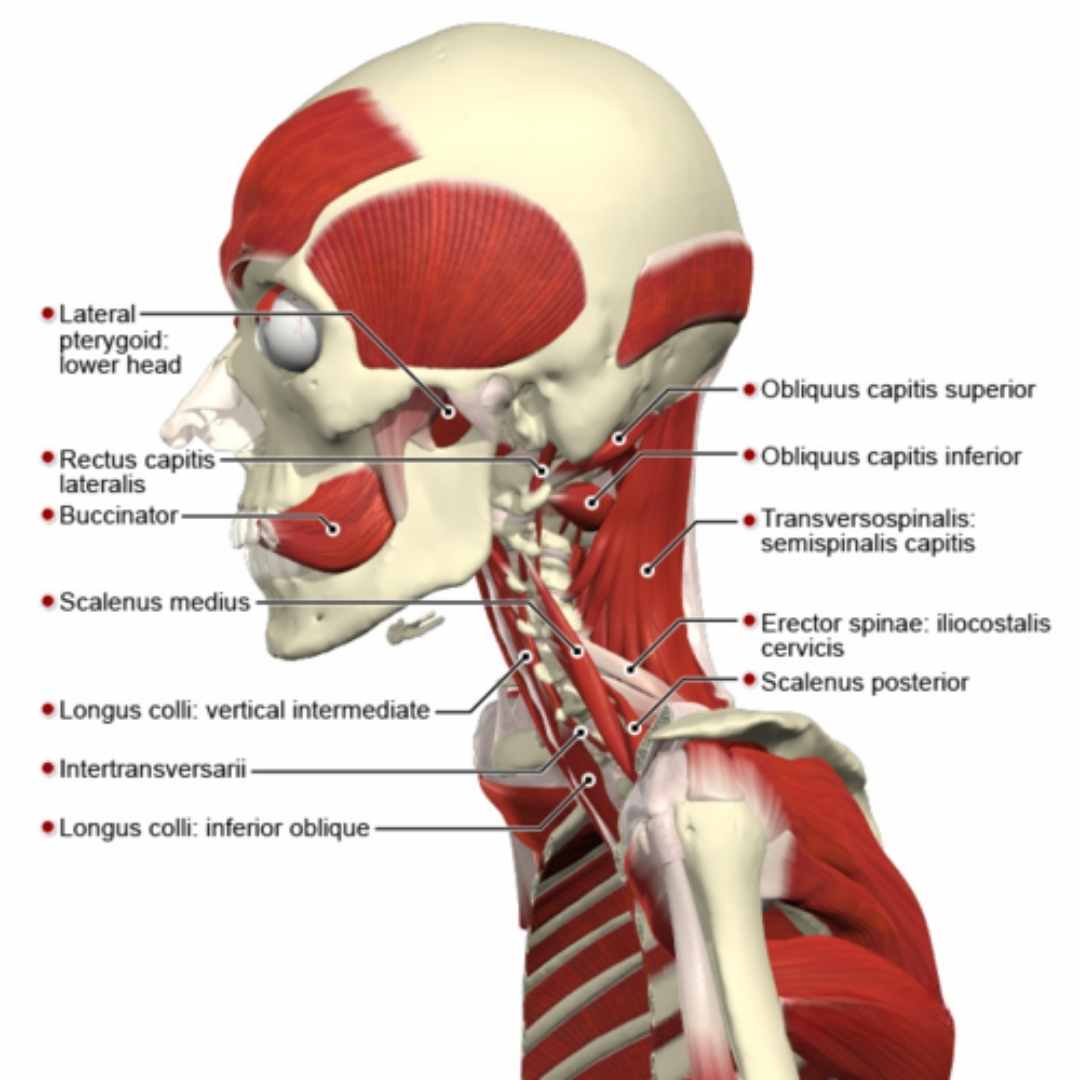Jaw and Neck Are Connected: The Intrinsic Relationship You Need to Know

At first glance, the jaw and the neck might seem like distinct parts of the human body, each with its own function. However, when one dives deeper into anatomy, physiology, and even the daily experiences of pain and discomfort, the intrinsic connection between the jaw and the neck becomes apparent.
Understanding the Connection
Beneath the jaw and surrounding the neck are a complex network of muscles, ligaments, and tendons. When the jaw moves, certain neck muscles are also activated, highlighting the functional synergy between these regions.
How Jaw Problems Can Influence the Neck
Due to the interconnected nature of the jaw and neck muscles, issues with the TMJ can lead to discomfort or pain in the neck region. For instance, temporomandibular joint disorder (TMD), a condition affecting the TMJ, can result in symptoms such as neck stiffness or soreness. Conversely, neck problems can lead to discomfort in the jaw, highlighting the bidirectional nature of this relationship.
Furthermore, poor posture, especially in today’s digital age, can strain both the neck and the jaw. Slouching or constantly looking down at electronic devices can strain the neck muscles, which, in turn, can influence the position and functioning of the jaw.
How the Neck’s Health Impacts the Jaw
Just as issues with the jaw can affect the neck, the reverse is also true. Conditions such as cervical osteoarthritis or herniated cervical discs can alter the posture and alignment of the neck, indirectly causing or exacerbating jaw pain.
Neck injuries, whether from accidents or from wear and tear, can lead to inflammation that extends to the jaw region, manifesting as pain, stiffness, or limited mobility. Recognizing this interconnected pain can guide more holistic treatments and therapeutic interventions.

Jaw and Neck are Connected
Our body is like a puzzle, with each piece fitting seamlessly into the next. The jaw and the neck, though seemingly independent, are closely connected, both anatomically and functionally. Let’s dive deeper into this connection.
Anatomy of the Jaw and Neck
The human jaw, technically known as the mandible, is a hinged structure that connects to the skull. Directly beneath it is the neck, made up of cervical vertebrae, muscles, and ligaments. The muscles that operate our jaw, such as the masseter and temporalis, have counterparts in the neck that assist in movement and stability.
The Role of Muscles and Ligaments
The muscles and ligaments of the jaw and neck work in harmony. Ever noticed how a yawn stretches not just your jaw, but your neck as well? That’s the handiwork of the interplay between the muscles of these regions. The sternocleidomastoid, for instance, has a vital role in tilting the head and is indirectly related to the jaw’s functioning.
How Issues in One Affect the Other
It’s all fine and dandy until one suffers, bringing the other down with it. Problems like TMJ (Temporomandibular Joint) disorders can lead to neck pain, while neck issues can also manifest as jaw discomfort. The butterfly effect, anyone?
Posture’s Role in the Connection
Slouching on your desk? You might be hurting more than just your back. Poor posture can affect the alignment of the jaw and neck, leading to issues like pain and discomfort. So sit up straight, folks!
Preventive Measures and Tips
Posture and Breathing: The Full-Body Connection
It’s not just the tongue and nose that play a role in proper breathing and alignment; the entire body, particularly the posture, plays a crucial role. Good posture helps in maintaining the correct alignment of the head, neck, and spine, facilitating easy and unhindered airflow. Slouching or hunching, on the other hand, can constrict the airway and impede nasal breathing. When you’re standing or sitting up straight, your diaphragm and lungs can expand fully, ensuring efficient breathing.
Benefits of Maintaining Good Posture
Reduces Strain on the Body: Proper posture ensures that body weight is evenly distributed, decreasing the likelihood of undue strain on any single part.
Decreases Wear and Tear: It reduces the wear and tear on joint surfaces, minimizing the risk of arthritis.
Prevents Muscle Fatigue: Muscles are used more efficiently, allowing the body to use less energy and prevent muscle fatigue.
Supports Optimal Breathing: Proper posture facilitates better breathing as it gives the diaphragm more space to expand.
Boosts Confidence and Mood: Studies suggest that maintaining an upright posture can boost feelings of confidence and mood.
Enhances Digestion: Good posture while sitting can prevent gastrointestinal issues by not compressing internal organs.
Keeps Bones and Joints in Correct Alignment: This ensures correct muscle use, preventing abnormal wearing of joint surfaces.
Prevents Backache and Muscular Pain: Proper posture is a preventive measure against the onset of these issues, which are common among people with poor postural habits.
How to Achieve and Maintain Good Posture
Awareness: Before making corrections, one needs to recognize what needs fixing. Periodic posture checks can help identify deviations from the ideal stance or sitting position.
Strengthen Core Muscles: Engaging in exercises that strengthen the core can make it easier to maintain good posture.
Set Up an Ergonomic Workstation: If you’re working at a desk, ensure that your screen is at eye level, your feet are flat on the ground, and your back is properly supported.
Mind Your Feet: When standing for long periods, keep your weight balanced on both feet and avoid locking your knees.
Avoid Slouching: Regularly remind yourself, especially when sitting for extended periods.
Pillow and Mattress Check: Ensure you have the right kind of support when you sleep to maintain spinal health.
Regular Breaks: If your job involves sitting for long periods, take short breaks to stand, stretch, and walk around.
Engage in Physical Activity: Regular physical activity, especially exercises that focus on the back and abdominal muscles, can help in maintaining good posture.
Consider Professional Help: Consulting with a Posture Specialist can provide personalized advice to improve posture.
Regular Exercises
Stretching exercises that focus on the neck and jaw can help maintain flexibility and reduce pain.
Check out Jaw and body Connection to learn more about how the jaw can affect your posture.
What is the main connector between the jaw and neck?
The primary connectors are muscles, ligaments, and the temporomandibular joint, which function together to ensure smooth movement and stability.
Can TMJ disorders be the sole cause of neck pain?
While TMJ disorders can cause neck pain, it’s essential to get a proper diagnosis, as various other factors might be at play.
Does posture truly affect the jaw and neck connection?
Absolutely! Poor posture can lead to misalignment, causing discomfort in both areas.
Are there exercises to strengthen the jaw and neck?
Yes, several exercises, like neck stretches and jaw movements, can help. It’s best to consult with a physiotherapist for tailored advice.
Can dental problems cause neck pain?
Yes, issues like misaligned teeth can lead to an imbalanced bite, potentially causing jaw and subsequently neck discomfort.
Can jaw problems affect your neck?
Yes, jaw problems can indeed affect your neck. The temporomandibular joint (TMJ) connects the jawbone to the skull and is in close proximity to the cervical spine, which constitutes the neck. Dysfunction in the TMJ, such as TMJ disorders, can lead to muscle strain and misalignment in nearby areas. As the muscles and ligaments in the jaw and neck are interconnected, problems in one can easily translate to discomfort or pain in the other. For instance, an imbalanced or misaligned jaw can result in chronic neck pain, muscle tension, and even headaches.
Can nerves in your neck affect your jaw?
Absolutely. The cervical spine in the neck houses several nerves that, when irritated or compressed, can manifest pain in nearby areas, including the jaw. Conditions such as cervical spine disorders or herniated discs can irritate the cervical nerves. This can lead to referred pain in the jaw, especially if there’s existing vulnerability or sensitivity in the temporomandibular joint.
What muscles connect jaw and neck?
Several muscles play a role in connecting the jaw and neck, ensuring they function in harmony. Key muscles include:
-Masseter: Primarily a jaw muscle, it’s essential for mastication (chewing).
Temporalis: Another jaw muscle, it aids in closing the mouth.
-Sternocleidomastoid: This muscle runs down the side of the neck and assists in turning the head and neck.
-Digastric Muscle: This muscle has two parts (anterior and posterior) and plays a role in opening the mouth. It connects the mandible (jawbone) to the skull and the hyoid bone in the neck.
-Mylohyoid and Geniohyoid: These muscles lie beneath the chin and assist in elevating the hyoid bone and the tongue during swallowing and speech.
These muscles, among others, ensure synchronized movement and provide structural support between the jaw and neck.

Check out Jaw and Body Connection online where we cover how the jaw affects your posture in much greater detail.
